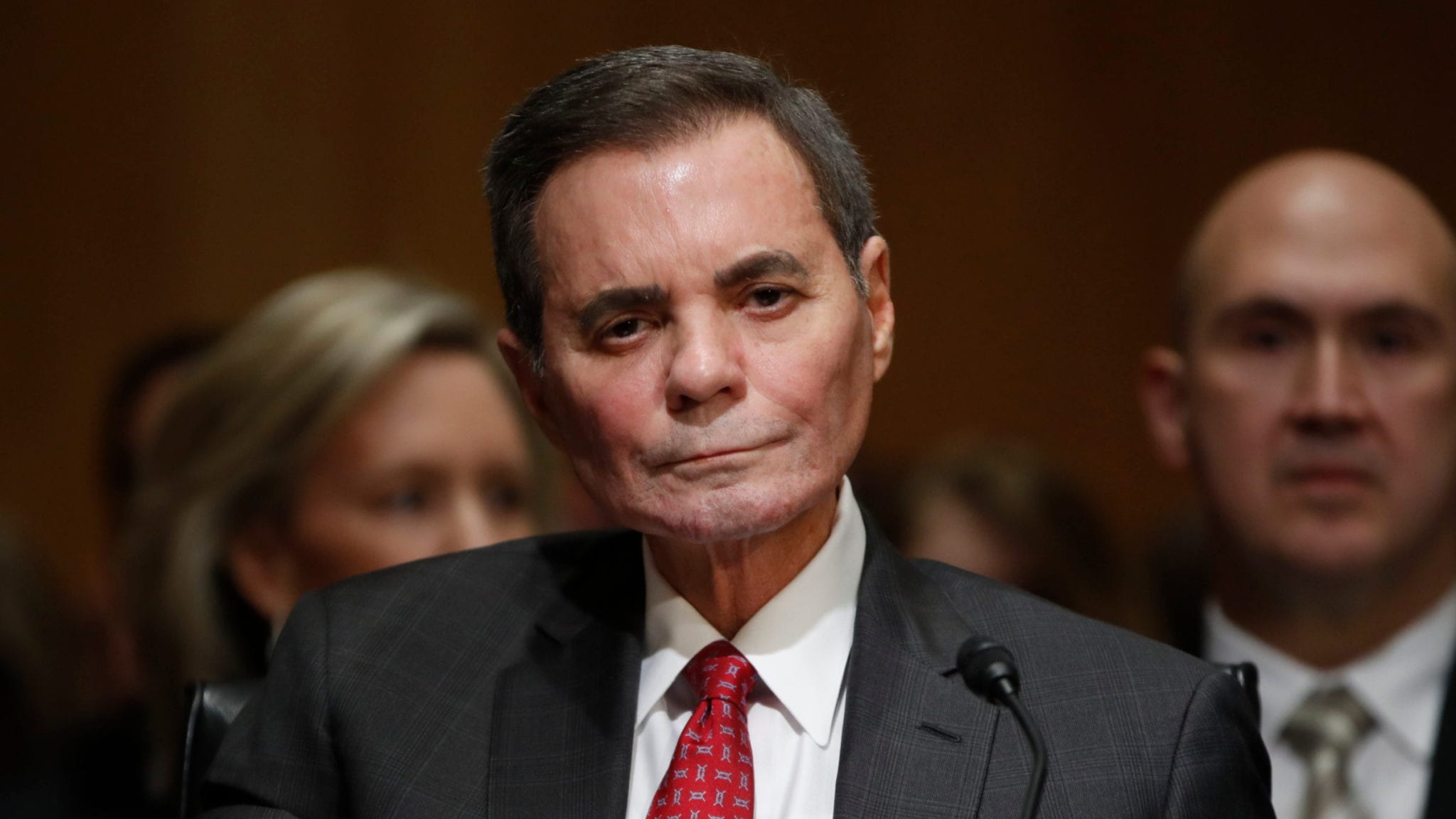
Richard Gonzalez, AP Images
House committee uncovers how Humira’s price spiked by 470% as AbbVie execs cashed bonuses tied to the hikes
Prior to the House Committee on Oversight’s grilling of AbbVie CEO Richard Gonzalez on Tuesday, the committee staff released a 57 …
Sign up to read this article for free.
Get free access to a limited number of articles, plus choose newsletters to get straight to your inbox.